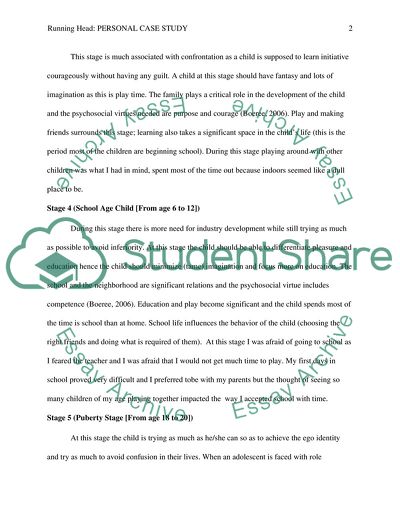Cite this document
(The Key Figure in the Development of the Infant and the Psychosocial Virtues Exhibited Case Study Example | Topics and Well Written Essays - 1500 words, n.d.)
The Key Figure in the Development of the Infant and the Psychosocial Virtues Exhibited Case Study Example | Topics and Well Written Essays - 1500 words. https://studentshare.org/family-consumer-science/1753181-personal-case-study
The Key Figure in the Development of the Infant and the Psychosocial Virtues Exhibited Case Study Example | Topics and Well Written Essays - 1500 words. https://studentshare.org/family-consumer-science/1753181-personal-case-study
(The Key Figure in the Development of the Infant and the Psychosocial Virtues Exhibited Case Study Example | Topics and Well Written Essays - 1500 Words)
The Key Figure in the Development of the Infant and the Psychosocial Virtues Exhibited Case Study Example | Topics and Well Written Essays - 1500 Words. https://studentshare.org/family-consumer-science/1753181-personal-case-study.
The Key Figure in the Development of the Infant and the Psychosocial Virtues Exhibited Case Study Example | Topics and Well Written Essays - 1500 Words. https://studentshare.org/family-consumer-science/1753181-personal-case-study.
“The Key Figure in the Development of the Infant and the Psychosocial Virtues Exhibited Case Study Example | Topics and Well Written Essays - 1500 Words”. https://studentshare.org/family-consumer-science/1753181-personal-case-study.


